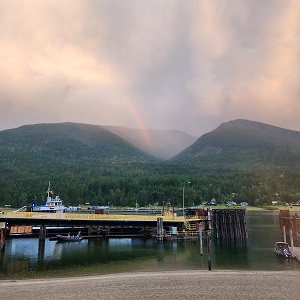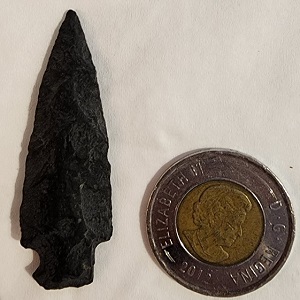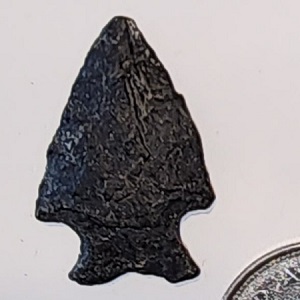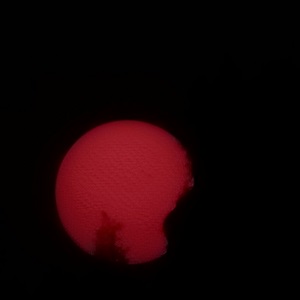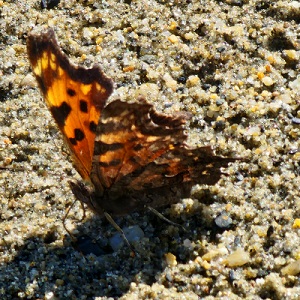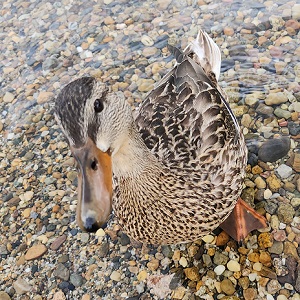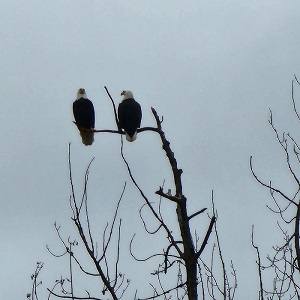Over 400 pages devoted to the thousands of miles travel she did in Iraq & Iran. And this - in Volume I. I have yet to read Volume II.
1890 A lonely British Widow sets out on a journey to explore the world, and she makes tracks.
Read More about her here: https://victorianweb.org/history/explorers/bird.html
Now, much of the travel is simply a litany of the discomforts suffered - everything from freezing in the high mountain passes (and traversing them while other parties came to grave misfortune), the absence of any comforts, the squalid accommodations, the water fouled with salt or manure, the low brick huts, her treatments and observations on the sick - who for some reason while reviling Western customs & religion regard Western Medicine as the cure-all for everything and anything that ails them.
And she has to be careful who & how she treats them - as a physician you can be charged and executed for the murder of your patient - if your remedies don't succeed.
The vermin - mosquitos, black flies, sand fleas (which transmit the Baghdad Boils - an protozoic infection that leaves large blisters and scars on entire populations, even killing), she largely passes over - mentioned, but she doesn't dwell upon it. She sees Cholera, Typhoid, Cataracts, Scrofula, Disfigurements of eyes, bones & limbs so commonplace - and so out of keeping with our current standards, it is like she has travelled into the dark ages and not the cradle of civilization.
And - worth noting, now that the bulk of the population has voted science and medicine out, and climate change increasing their range, I would expect that in the next 20-30 years we'll start to see a lot of these illnesses return.
Anyways - with her esteemed medicine chest - the quack apothecary of the late 19th century physician, "Cody's fluid", Eucalyptus Oil, Patent Medicines, tinctures, tablets, etc. she manages to treat in the thousands of patients. Eye ailments are common - probably due to parasitic infections (mosquitos or black flies), she has patients coming for treatment for blindness and old age, and so it goes.
The American Physicians of 50 years before in the Yucatan had - I'm convinced - a better grasp of medicine - but there's always this sense of the travelling Charlatan who somehow has come to believe his own spiel, but - as oft before noted - many times merely the observations or attentions of a new Physician are enough to set a cure in motion.
Now, engrossed in reading I'm trying to follow along, looking up her places on Google Maps, Satellite view, only a few of which I can find. This, largely I'm sure due to the more phonetic spellings of exotic place names that have been renamed a hundred times since. But - zooming in, looking at photos, I'm getting the idea.
Much of Iraq and Iran - certainly in the high villages - remain probably very close to what she saw passing through.
There is her describing the culture (very little that we would consider), the religious sects - Sunni, Shiites, Dervishes, Dervishes, Zoroastrians, the Kurds, the Sufi's, The Armenian Christians, the Jews... - and - the divisiveness that exists between the multiple factions. While they all agree to hate the Christians and Jews they frequently fall out amongst themselves. Muslim religion - much like Christianity - is populated largely by Zealots and Superstitious fools who have never taken the time to consider or refute the teachings of Mohammad they so take for granted. This is what growing up in religion looks like - look no further than the Mormons, Jehovah's Witness, Baptist's, countless others spring to mind. She refers to the well-intended Christian Missions that have been established, that have absolutely no hopes of gaining even a single convert because - to convert from Islam is to invoke the death penalty. This alone - underlines the complexity of our relations with them, and no Missions should ever have been established - the best thing we could have done - and could do even now - is to leave certain cultures alone until they figure it out.
Our well intended meddling has only served to harm both ourselves and them.
Religion should be illegal for anyone under the age of 12. And then - only available upon enquiry.
Fun Fact: "Mohammed is the prophet, "Ali" is his lieutenant - Mohammed Ali. The perfect unity of thought and action...
Now - I'm surprised at the severe weather she experiences at the higher elevations, not far off of what you would experience here - given the latitude, but - it is good to be surprised, I'm filling in the gaps of my ignorance. And - a peculiar fact my research has divulged - Iran is 17th in the world for both population and country size.
She comments - both open minded, and yet with that Western prejudice - on the customs and habits of the people she meets - invariably regarding them as inferior, but - worth noting - the prejudice is so heartily returned that can we really begrudge it?
And - given the immense gulf between cultures - I mean - none of us - even now - would judge them differently.
We'll come back to that.
Meanwhile she's riding donkeys through forbidding landscapes, unpopulated by trees or any sort of scrub, and yet everywhere she comes across ruins - some Greek, Roman, others much, much earlier. She notes them, in passing, but (damn her!!!) doesn't get out to dig. She's a traveler, not an archeologist or historian.
A shame.
But - this raises for me so many questions - how could this - once upon a time the very Garden of Eden, as must be supported by the vast ruins of abandoned cities, what resources did they have and - although I think I know this - is the current state of the Nation - largely desert, uninhabitable, is this a consequence of the civilizations that came before, or merely as it has always been?
There are the references too many to list for other travelers that have happened on the same roads, Sir H. Rawlinson, Flandin, Roster, Morier's "Second Journey to Persia", dozens of books now that I must keep my eyes peeled for.
Noteworthy too - that she's following in the footsteps of a plague that reportedly killed 20% of the populace.
Yet for all this, the descriptions of the poverty and squalor, manure filled watering holes and ruts, rain, freezing temperatures, blizzards, snow, despite it all you feel that she's loving this and would want to be nowhere else...
Crossing the great mountain passes of Antiquity, where possibly trod Alexander the Great and countless other explorers and conquerors, contrasted with the quaint - and occasionally extraordinary - comments for example:
Fifty years ago Persian law sanctioned the stoning without trial or mercy of any one caught in the act of gazing into the premises of another, unless the gazer were the king.
Consider how different a culture must have been - and - this was not unique to them - many nations had similar laws in place regarding privacy.
Now, all rights to privacy are forfeit with your birth.
There are the descriptions of the Harems, which are overrated by men by far, the women forbidden to leave, treated as cattle, used, discarded and divorced, of no consequence whatsoever leading enforced idle lives and resorting to the vacuity of gossip to pass interminable days, no better than prisoners serving a life sentence for the only crime of gender.
And there is the comedic figure of Hadji, in the tradition of worst servants anywhere, perpetually complaining, sick, doing nothing, with fever, blindness, ague, addled with Opium - and then, upon his long-sought dismissal, miraculously revived, kicking heels and taking spryly to the road home...
Some 200 pages into the book she's come to Tehran, where she lingers a while to plan the next leg of her trip.
And here she comes by invitation to marvel at the riches of the Shah of Iran, and it's like entering the Cave of Alladin:
The decorations of this magnificent hall are in blue and white stucco of the hard fine kind, hardly distinguishable from marble, known as 'gatch', and much glass is introduced in the ceiling. The proportions of the room are perfect. The floor is of fine tiles of exquisite colouring arranged as mosaic. A table is overlaid with beaten gold, and chairs in rows are treated in the same fashion. Glass cases round the room and on costly tables contain the fabulous treasures of the Shah and many of the Crown jewels. Possibly the accumulated splendours of pearls, diamonds, rubies, emeralds, sapphires, basins and vessels of solid gold, ancient armour flashing with precious stones, shields studded with diamonds and rubies, scabbards and sword hilts incrusted with costly gems, helmets red with rubies, golden trays and vessels thick with diamonds, crowns of jewels, chains, ornaments (masculine solely) of every description, jewelled coats of mail dating back to the reign of Shah Ismaël, exquisite enamels of great antiquity, all in a profusion not to be described, have no counterpart on earth. They are a dream of splendour not to be forgotten.
One large case contains the different orders bestowed on the Shah, all blazing with diamonds, a splendid display, owing to the European cutting of the stones, which brings out their full beauty. There are many glass cases from two to three feet high and twelve inches or more broad, nearly full of pearls, rubies, diamonds, sapphires, emeralds, flashing forth their many-coloured light--treasures not arranged, but piled like tea or rice. Among the extraordinarily lavish uses of gold and gems is a golden globe twenty inches in diameter, turning on a frame of solid gold. The stand and meridian are of solid gold set with rubies. The equator and elliptic are of large diamonds. The countries are chiefly outlined in rubies, but Persia is in diamonds. The ocean is represented by emeralds. As if all this were not enough, huge gold coins, each worth thirty-three sovereigns, are heaped round its base.
At the upper end of the hall is the Persian throne. Many pages would be needed for a mere catalogue of some of the innumerable treasures which give gorgeousness to this hall. Here indeed is "Oriental splendour," but only a part of the possessions of the Shah; for many gems, including the Dar-i-nur or Sea of Light, the second most famous diamond in the world, are kept elsewhere in double-locked iron chests, and hoards of bullion saved from the revenues are locked up in vaults below the Palace.
If such a blaze of splendour exists in this shrunken, shrivelled, "depopulated" empire, what must have been the magnificence of the courts of Darius and Xerxes, into which were brought the treasures of almost "all the kingdoms of the world and the glory of them"? Since seeing this treasure-house I think that many of the early descriptions of wealth, which I have regarded as Oriental hyperbole, were literal, and that there was a time in Persia, as in Judea, when "silver was not accounted of." And to come down from the far off-glories of Darius, Xerxes, and Khosroe and the Parthian kings, there have been within almost modern times Persian sovereigns celebrated among other things for their successful "looting" of foreign kingdoms--Shah Abbas the great, and Nadir Shah, who scarcely two hundred years ago returned from the sack of Delhi with gems valued at twenty millions of our money. After we had seen most of what was to be seen the Vizier left us, and we went to the room in which stands the celebrated Peacock Throne, brought by Nadir Shah from Delhi, and which has been valued at £2,500,000. This throne is a large stage, with parapets and a high fan back, and is reached by several steps. It is entirely of gold enamel, and the back is incrusted with rubies and diamonds. Its priceless carpet has a broad border, the white arabesque pattern of which is formed of pearls closely stitched. You will think that I am lapsing into Oriental exaggeration!
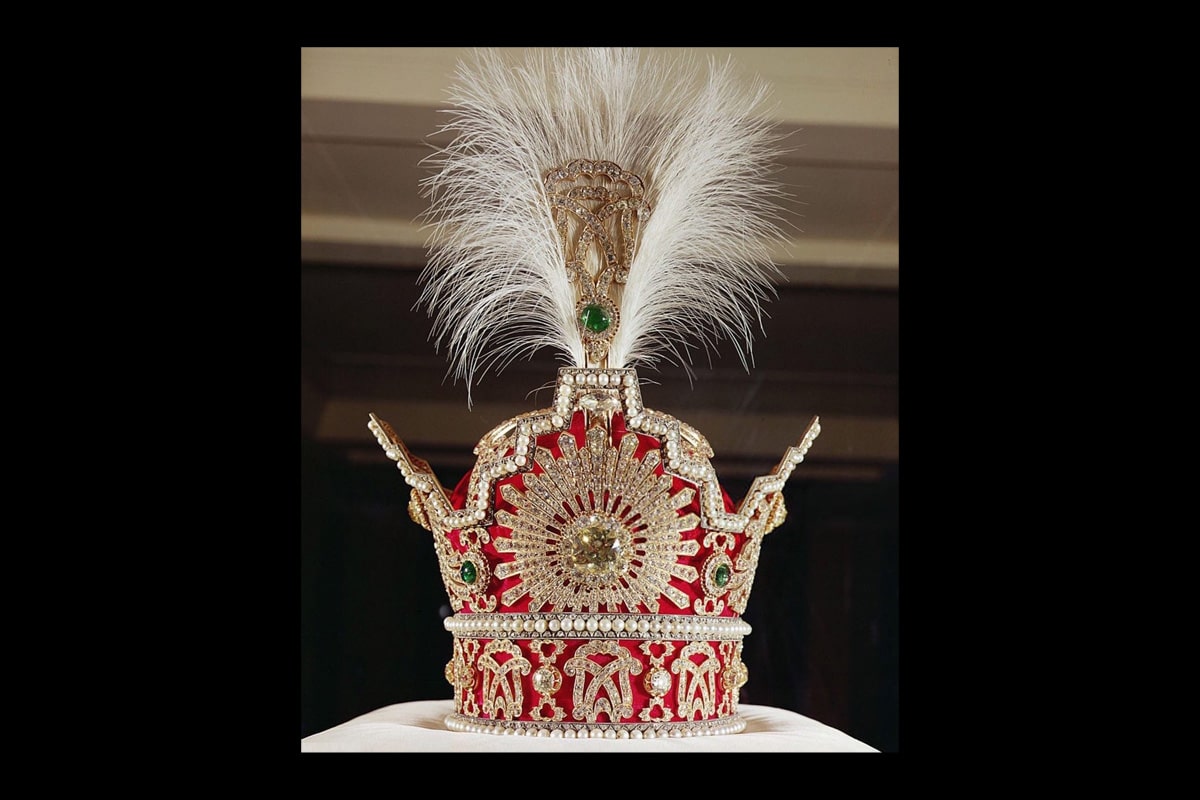
If your in any doubt as to her "Exaggerating" consider the following link: https://famouswonders.com/iranian-crown-jewels/
And, another 200 pages and she's reached the borders of yet another frontier, and I have to patiently wait until I come across Volume II...





